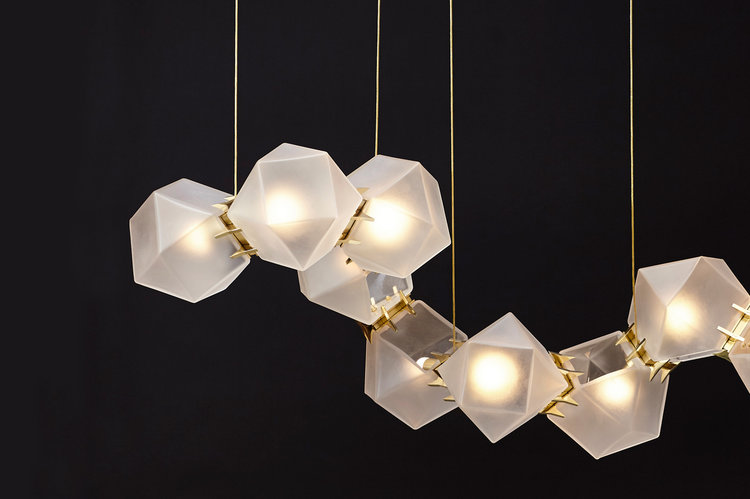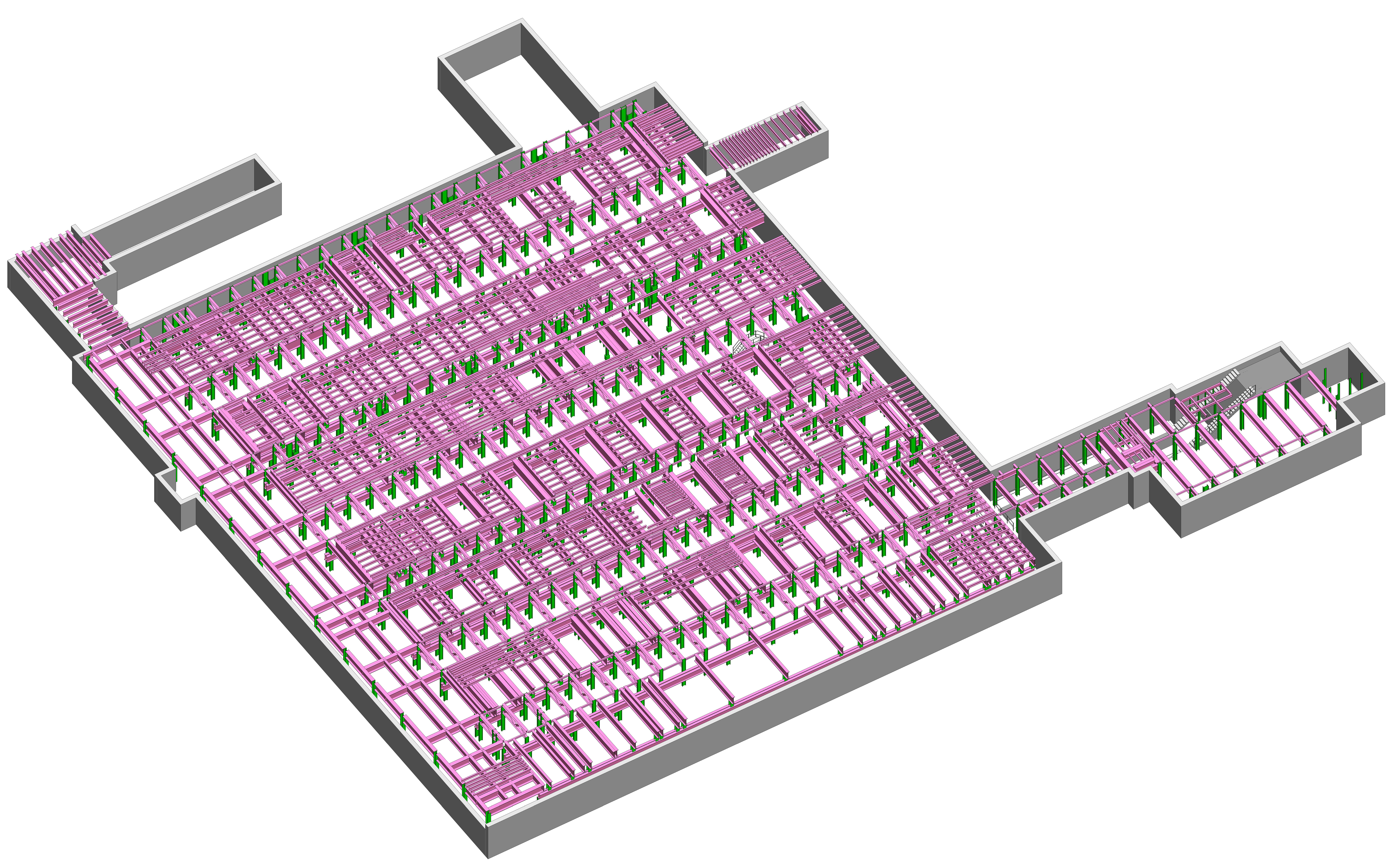Why Revit Family Creation Is Essential for Accurate BIM Modeling

Strong 8k brings an ultra-HD IPTV experience to your living room and your pocket.
Building Information Modeling (BIM) has transformed how architects, engineers, and construction professionals approach project design and management. At its core, BIM creates intelligent 3D models that contain detailed information about every component of a building from structural elements to mechanical systems. However, the accuracy of these models depends heavily on the quality of their individual components, particularly Revit families.
Revit families serve as the building blocks of any BIM project, defining how objects behave, appear, and interact within the model. Without properly created families, even the most sophisticated BIM workflow can suffer from inaccuracies, performance issues, and collaboration problems. This post explores why investing in professional Revit family creation services in USA is crucial for achieving precise BIM modeling results.
What are Revit Families?
Revit families are parametric objects that represent real-world building components within Autodesk Revit software. Think of them as intelligent templates that contain both geometric and data information about specific building elements—whether that's a door, window, light fixture, or complex mechanical equipment.
Each family contains parameters that define its behavior, appearance, and properties. For example, a window family might include parameters for width, height, frame material, and glazing type. When architects modify these parameters, the family automatically updates throughout the entire model, maintaining consistency and accuracy.
Types of Revit Families
Revit families fall into three main categories:
System Families are built into Revit and include basic building elements like walls, floors, and roofs. These families provide the fundamental structure of any BIM model.
Loadable Families are created externally and imported into projects. These include doors, windows, furniture, and specialized equipment. Most custom family creation focuses on this category.
In-Place Families are created directly within a specific project for unique, one-off elements that won't be reused elsewhere.
Understanding these distinctions helps project teams determine when custom family creation is necessary and which approach will deliver the best results.
Benefits of Custom Revit Families
Accuracy and Precision
The foundation of successful BIM modeling lies in accurate representation of real-world components. Generic families often fall short of capturing the specific dimensions, materials, and performance characteristics of actual building products. Custom Revit family creation services USA providers specialize in developing families that match manufacturer specifications exactly.
When families accurately represent their real-world counterparts, the entire BIM model becomes more reliable. Quantity takeoffs become precise, clash detection identifies actual conflicts, and construction teams can trust the model for decision-making. This level of accuracy reduces costly mistakes during construction and helps maintain project schedules.
Custom families also enable better analysis and simulation. Energy modeling software relies on accurate material properties and geometric data to calculate building performance. HVAC systems require precise equipment specifications to determine load calculations. Without accurate families, these analyses can produce misleading results.
Reduced File Size and Improved Performance
Poorly created families can significantly impact model performance, leading to slow response times and frustrated users. Many generic families available online contain unnecessary detail, oversized textures, or inefficient geometry that bloats file sizes without adding value.
Professional Revit family creation services optimize families for performance while maintaining visual quality. This involves several key strategies:
Level of Detail Management: Custom families include appropriate geometry for different view scales. Simple representations work for small-scale plans, while detailed geometry appears in large-scale details and 3D views.
Efficient Geometry: Experienced family creators use Revit's modeling tools efficiently, avoiding complex surfaces where simple ones suffice and minimizing the number of geometric elements.
Optimized Parameters: Well-designed families include only necessary parameters, reducing file overhead and improving user experience.
Proper Categorization: Correctly categorized families integrate seamlessly with Revit's systems, enabling better filtering, scheduling, and display control.
These optimizations compound across large projects. A model with hundreds of efficient families performs significantly better than one populated with bloated, generic alternatives.
Enhanced Design Flexibility
Custom families provide the flexibility needed to adapt to changing project requirements. Generic families often lack the parameters necessary to accommodate different sizes, configurations, or performance specifications that arise during design development.
Professional family creation incorporates smart parametric relationships that maintain design intent as parameters change. For example, a custom light fixture family might automatically adjust its mounting height based on ceiling type, or a door family might modify its frame width based on wall thickness.
This flexibility extends to visualization and documentation. Custom families can include multiple material options, finish choices, and configuration variants within a single family file. Designers can explore different options quickly without searching for new families or creating workarounds.
Adaptive families take this flexibility further, allowing components to respond to their context automatically. A custom railing family might adapt to curved paths, or a structural connection family might adjust to different beam sizes and angles.
Better Collaboration
BIM projects involve multiple disciplines working with shared models, making collaboration essential for success. Custom families improve collaboration by providing consistent, reliable components that all team members can trust and use effectively.
When mechanical engineers receive an architectural model with properly created families, they can confidently use the geometric and data information for their own modeling. Structural engineers can rely on accurate dimensions and material properties. Contractors can extract precise quantities and specifications.
Revit family creation services help establish project standards that improve team coordination. Consistent naming conventions, parameter structures, and data formats reduce confusion and errors. Teams spend less time troubleshooting family issues and more time on design and coordination.
Custom families also support better model sharing and linking. When families are created with proper workset assignments and shared parameter structures, they integrate smoothly into multi-discipline workflows. This reduces the technical barriers that can impede collaboration.
Quality Control and Standards
Professional family creation involves rigorous quality control processes that ensure families meet industry standards and project requirements. This includes testing families under various conditions, validating parameter behavior, and confirming compatibility with different Revit versions.
Quality control also addresses long-term maintainability. Well-documented families with clear parameter structures and logical organization are easier to modify and update as project needs evolve. This reduces the total cost of ownership and supports project lifecycle management.
Many Revit family creation services USA providers follow established industry standards like the National BIM Standard or company-specific guidelines. This ensures families integrate properly with existing workflows and meet client expectations.
Making the Investment
The value of professional Revit family creation becomes clear when considering the total cost of poor-quality families. Inaccurate models lead to construction errors, performance issues slow down design teams, and collaboration problems create coordination delays. These costs typically far exceed the investment in custom family creation.
Organizations serious about BIM success should establish clear standards for family quality and consider partnering with experienced providers for critical components. This investment pays dividends through more accurate models, better team productivity, and reduced project risk.
The BIM modeling landscape continues evolving, with new technologies and standards emerging regularly. Custom families provide the foundation for adapting to these changes while maintaining the accuracy and reliability that make BIM valuable.
Building Better Models Through Smart Family Creation
Revit family creation represents a strategic investment in BIM modeling success. Quality families improve accuracy, enhance performance, provide design flexibility, and support better collaboration—all critical factors for project success.
As BIM adoption continues expanding across the architecture, engineering, and construction industries, the importance of reliable, well-crafted families will only grow. Organizations that prioritize family quality position themselves for better project outcomes and more efficient workflows.
Whether working with Chudasama Outsourcing teams or external Revit family creation services, the key lies in recognizing that families are more than just geometric objects—they're the intelligent building blocks that make BIM modeling powerful and reliable. Investing in their quality is investing in project success.
Note: IndiBlogHub features both user-submitted and editorial content. We do not verify third-party contributions. Read our Disclaimer and Privacy Policyfor details.



